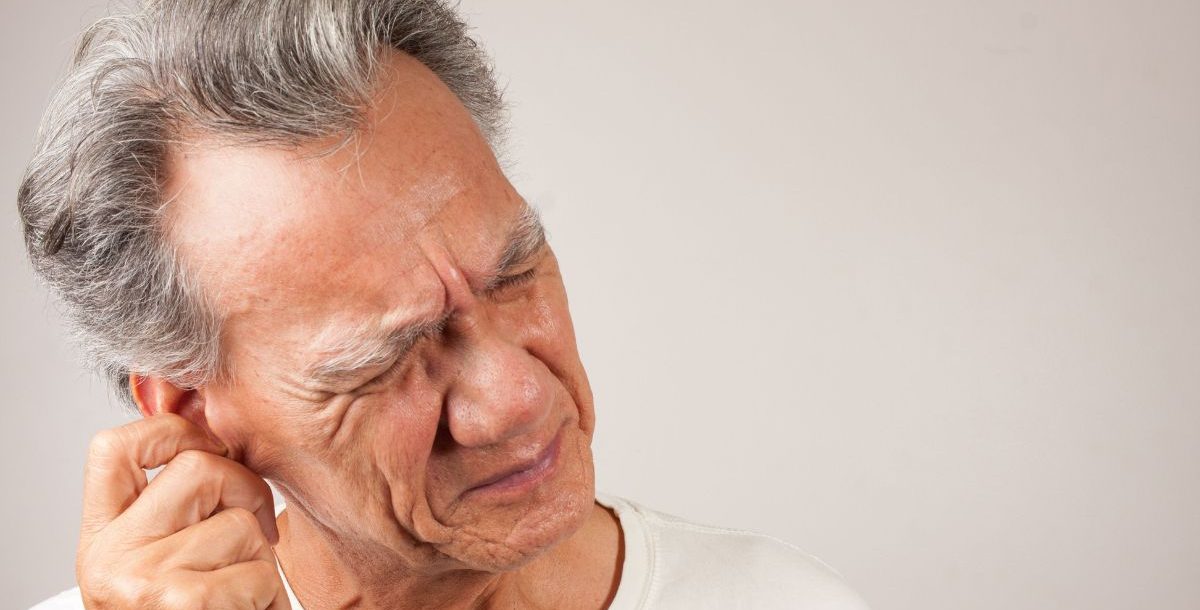Whether you’re swimming in a pool, playing at the beach or just taking a shower, it’s easy for water to get trapped in your ear. Knowing the best ways to get water out of your ear can help you feel better faster and avoid problems later.
Most of the time, it’s not a big deal. But sometimes, water stuck in your ear can lead to discomfort, muffled hearing or even an infection like swimmer’s ear.
While you can try to remove water safely from your ear at home, sometimes you need medical help. If at-home tactics don’t work, make an appointment with your primary care provider.
Why water gets stuck in your ear
Water can get trapped when it doesn’t drain from your ear naturally. This often happens when:
- You’ve been underwater for a long time
- There’s a bend or narrow spot in your ear canal
- You have wax buildup that blocks drainage
- You wear earplugs or hearing aids while swimming
When water stays in your ear too long, it creates a warm, moist place where bacteria can grow. This can lead to an infection called otitis externa, or swimmer’s ear. That’s why it’s important to remove water as soon as you can.
Signs water is trapped
You might have water in your ear if:
- Your ear feels full or blocked
- You hear muffled sounds or a bubbling sensation
- You feel pressure in your ear
- Sounds echo in your ear
- You feel the water move when you tilt your head
If these feelings don’t go away after a few hours, it’s time to try some simple ways to remove the water.
Best ways to get water out of your ear
Several safe and easy methods exist to help remove trapped water from your ears.
Tilt your head
This is one of the simplest methods. Just tilt your head to the side for a few minutes, with the affected ear facing down. You can also lie on your side with a towel under your head and wait for gravity to do its job.
Sometimes, shaking your head gently while tilting it can help the water move out more quickly.
Tug on your earlobe
While tilting your head, gently tugging down on your earlobe can help straighten the ear canal. This may allow the water to drain out more easily.
You can also try pulling your ear in different directions to see what helps release the water.
Create a vacuum
This doesn’t involve using a vacuum, but creating one yourself. Cup your palm over your ear to create a light seal. Press your hand in and out gently to create suction, which may help pull the water out. Be careful not to press too hard.
Use a hair dryer
A warm hair dryer on the lowest setting can help evaporate trapped water. Hold the blow dryer several inches away from your ear and move it back and forth. Don’t use high heat and never blow air directly into your ear.
Keep your ear pointed down as you do this for better results.
Try chewing or yawning
Sometimes chewing gum, yawning or moving your jaw around can help open the eustachian tube and release water stuck in the middle ear.
This method works best if the water is deeper and won’t come out with tilting or shaking.
Use hydrogen peroxide drops
Hydrogen peroxide can help break up wax or bubbles that trap water in the ear. You can buy over-the-counter ear drops or make your own mix (half hydrogen peroxide and half water).
Use a dropper to place a few drops into the affected ear. Wait a few minutes before tilting your head to drain the water out. Do not use this method if you have an ear infection, a hole in your eardrum or if your ear has been hurting.
Use over-the-counter drying drops
Many drugstores sell drying ear drops designed to remove water. These often contain alcohol to help dry the ear canal. Follow the directions carefully and talk to your primary care provider if you’re unsure which product to use.
What not to do
While you have several options you can try at home, there’s also some you should never attempt. Avoid using cotton swabs, fingers or other objects to remove water. These can push the water deeper into your ear, scratch your ear canal or even puncture your eardrum.
If you use earplugs or hearing aids, wait until the water is gone before putting them back in.
When to see your doctor
In most cases, trapped water clears up on its own or with one of the methods above. But sometimes it sticks around or leads to an infection.
Make an appointment with your primary care provider if you:
- Still feel water in your ear after two days
- Have pain, redness or swelling
- Notice yellow or green fluid coming from your ear
- Have trouble hearing
- Develop a fever or feel unwell
You could be dealing with swimmer’s ear or another condition that needs medical care. If you need to see a provider when your primary care provider is unavailable, an urgent care can also treat you.
How to prevent water from getting stuck
Here are a few tips to avoid getting water trapped in your ears in the first place:
- Wear earplugs or a swim cap when swimming
- If you use earplugs, ensure they are made for swimming
- Tilt your head and shake out water right after swimming or showering
- Dry your ears gently with a towel
- Avoid putting objects in your ears that could push in water or wax
How we can help
Sometimes, even the best ways to get water out of your ear come up short. If you’ve tried to get water out of your ear but still have discomfort, hearing loss or signs of infection, it’s a good idea to make an appointment with your primary care provider. They can examine your ears, safely remove any blockage and recommend treatment if needed.
Getting help early can prevent problems like swimmer’s ear and keep your ears healthy.
Learn about the primary care services we offer at Bon Secours.





